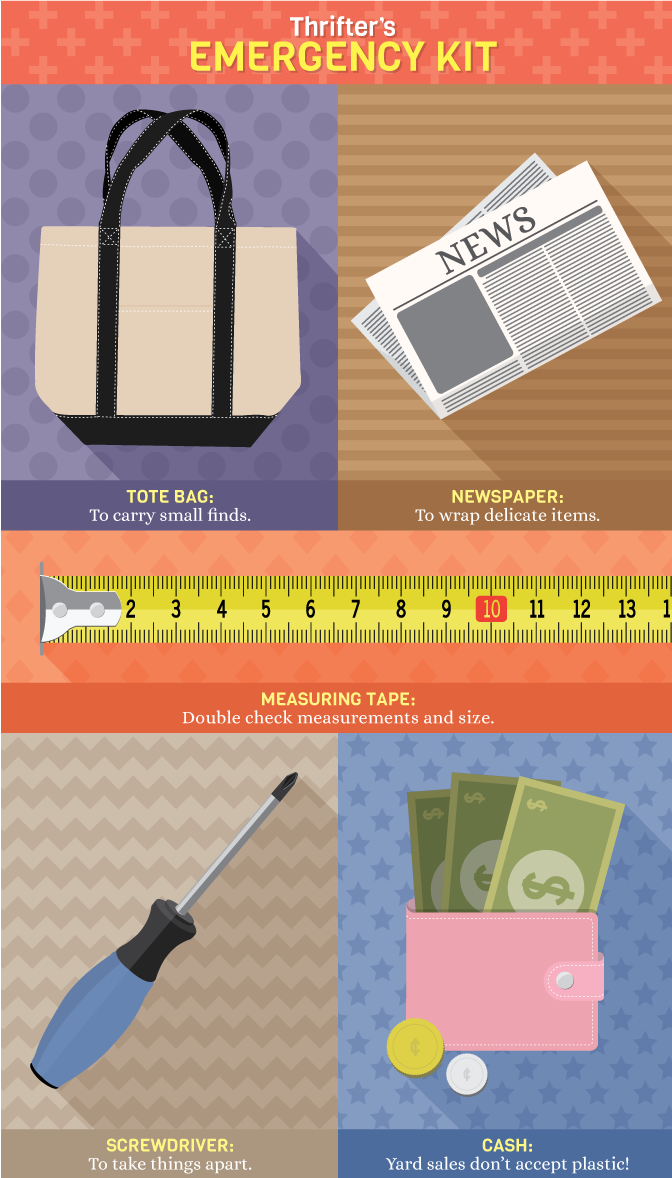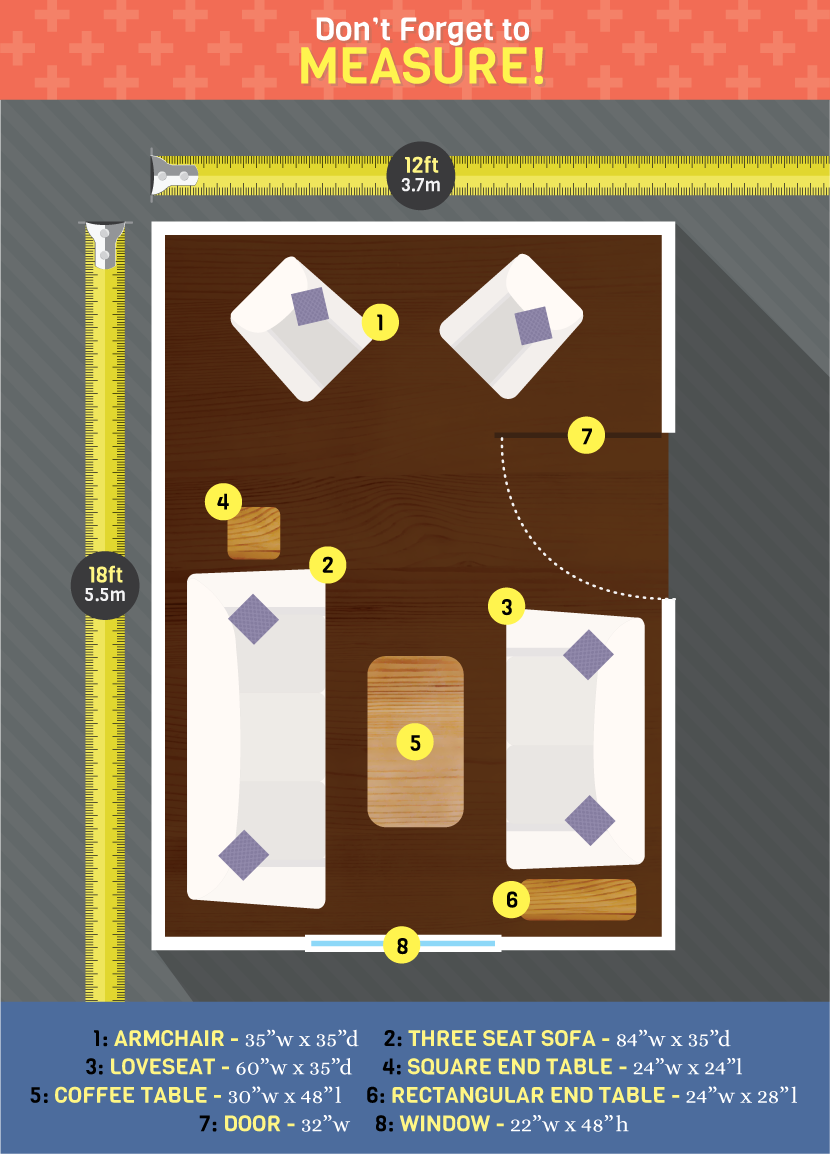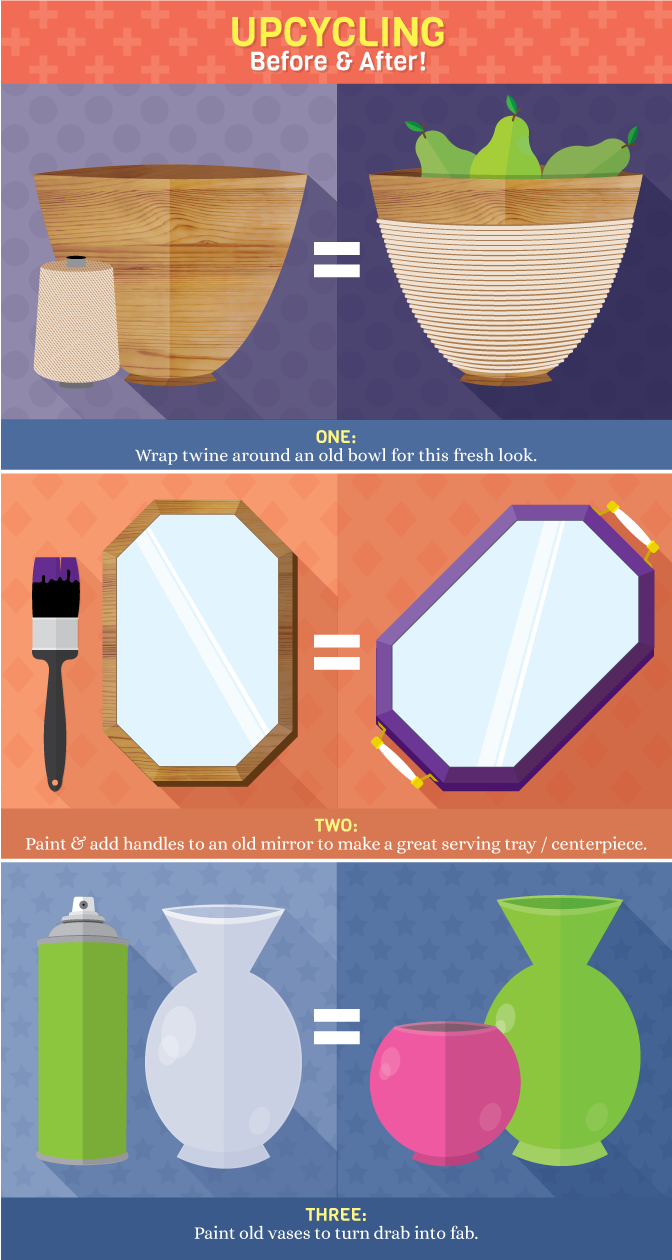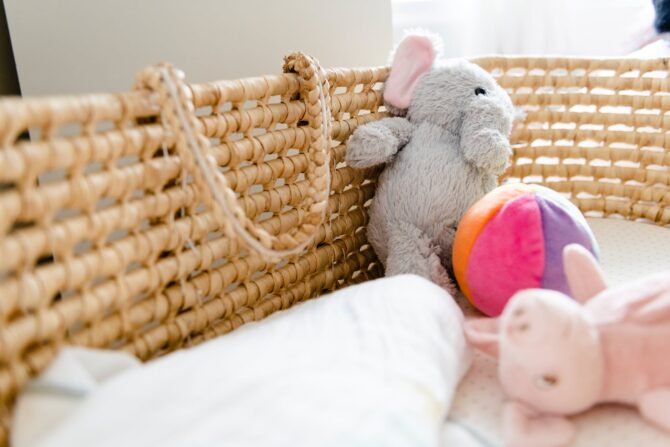
You don’t have to let the fact that you had a baby before or in the middle of college deter you from returning or starting. Despite all the obstacles and challenges associated with returning to school after a baby, if you put in a plan, you certainly can do it and findAnanny.com wants you to use these beneficial suggestions to get it done.
1. Build a Support System – The most important thing for a student mom to have in place is a strong and reliable support system. Not only will you need help with childcare and managing the needs of your new baby while keeping up with your studies, you’ll also need a shoulder or two you can cry on when things get difficult. Finishing school as a parent will be a challenge, and having a few people in your corner can make all the difference.
2. Create a Routine That Works For Your Family – There is no hard-and-fast rule about how you have to structure your household routine, especially when your little one is still an infant. Find a schedule that works for you and build around it. If online classes are more conducive to learning and completing assignments than a traditional classroom setting, that’s the best solution for you. On the other hand, getting out of the house and interacting with your classmates may help you manage the demands of parenthood more easily. Whatever works for you is the best solution, regardless of how well it would work for someone else
3. Set Realistic Goals -You may have planned to take on a full course load before your pregnancy, but that may not be realistic after the birth of a child. Rather than setting goals that aren’t feasible and being disappointed when they prove to be a bit more than you’re ready to handle, take your time and make a plan that you can actually adhere to. Celebrate each milestone along the way and stay focused on each smaller goal as they approach
4. Work Out a Reasonable Timeline- Finishing school on the standard time table may be out of the cards for you as a new mom, and that’s okay. The goal is to finish, so take the time to figure out when you can realistically complete your studies. You may have to shoulder a lighter burden in terms of classes and finish later than some of your peers, but you’ll still leave with a diploma, which is better than trying to take on too much only to end up burned out and frustrated enough to quit school altogether. You may also have ideas of returning to school days after the birth of your child, however, that may not be possible. Finding the right time to return to school after you recover from delivery and have bonded with your new baby may be a bit more complicated than simply returning as soon as you’re discharged from the hospital.

5. Find a Caregiver You Trust – Your child will have to be cared for while you’re at school since you won’t be able to take her to class with you. To make the transition into school after becoming a new parent, you’ll need to make sure that you’ve found a childcare provider you absolutely trust and have no qualms about leaving her with. If you’re distracted and worried about your child’s safety while you’re in class, your academic performance probably won’t reflect your actual abilities.
6. Prepare for a Bit of Separation Anxiety -Regardless of how excited you are to get back into school after your maternity leave ends, you will feel at least a little bit of separation anxiety until you adjust to the idea of no longer spending the entirety of each day with the fascinating little person you’ve created. If you’re prepared for the stress of leaving your child in someone else’s care and understand that it’s just temporary, it can lessen the sting and help to make that pain a bit more manageable.
7. Don’t Be Scared to Adjust Your Schedule – As a new mom and a student, your schedule may have to be adjusted a few times until you find the one that works for you. Making adjustments is not the same as admitting defeat, so don’t be afraid to finagle things until you find the methods that work best for you and your new family.



















